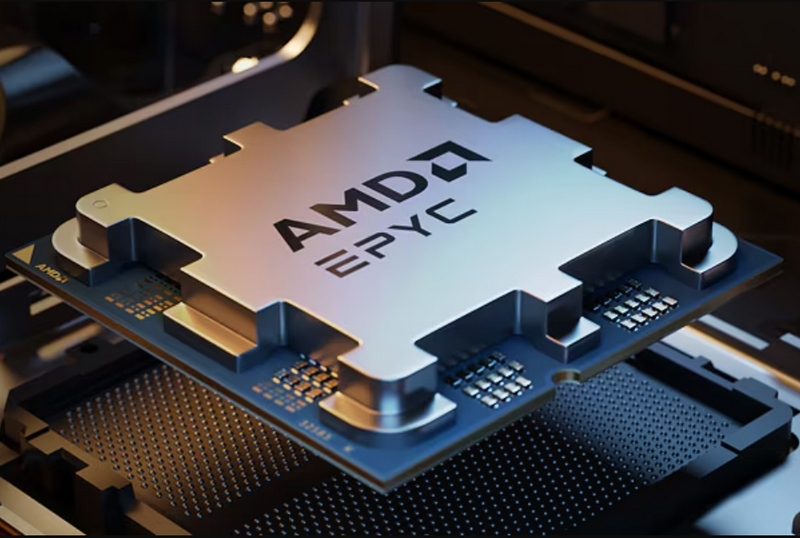AMD EPYC processors and overclocking are not usually used in the same sentence. However, an enthusiast named Sergmann demonstrated that EPYC chips still have overclocking potential with the right approach. Even more interesting is that during the experiments, the enthusiast was able to run the EPYC 4124P processor on a consumer motherboard with a Socket AM5 processor socket, which does not officially support this chip.

Image Source: AMD
The EPYC 4124P processor is part of the EPYC 4004 line, representatives of which are built on the Zen 4 architecture and are aimed at small and medium businesses. However, many consider them to be a rebranding of the Ryzen 7000 chips, since the EPYC 4004 have the same specifications – Socket AM5 connector, up to 16 Zen 4 cores, operating frequency up to 5.7 GHz and a maximum TDP of 170 W.
Sergmann used the B650E Aorus Tachyon motherboard, which is focused on overclocking, but does not officially support EPYC 4004 processors. Moreover, processors in this series do not support overclocking, so we can assume that the enthusiast used special firmware to implement the possibility of increasing the operating frequency of the chip.
Ultimately, Sergmann was able to increase the operating frequency of the EPYC 4124P chip to 6.6 GHz using liquid nitrogen for cooling. This figure is almost 30% higher than 5.1 GHz, the nominal clock speed of the chip. During the experiment, the processor worked together with a pair of overclocked DDR5-8000 memory modules.
These results demonstrate the overclocking potential of the EPYC 4004 chips, and also confirm that these are in fact the same Ryzen 7000, but renamed for the enterprise market. Since stability is a top priority in this segment, it is unlikely that anyone other than enthusiasts will overclock EPYC 4004 chips.